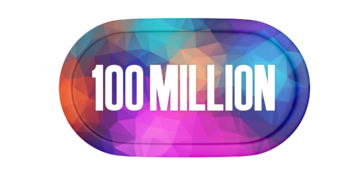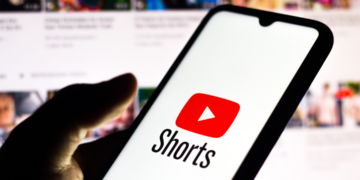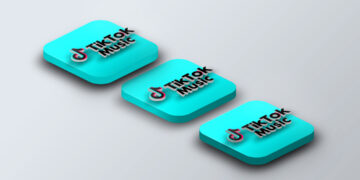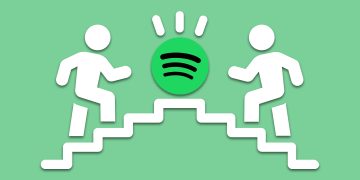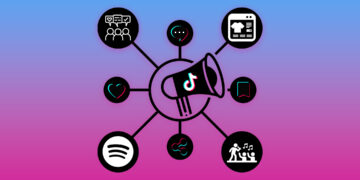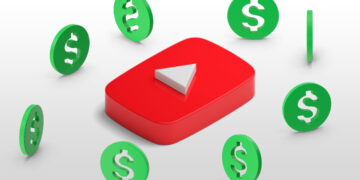The user-centric model: a game changer
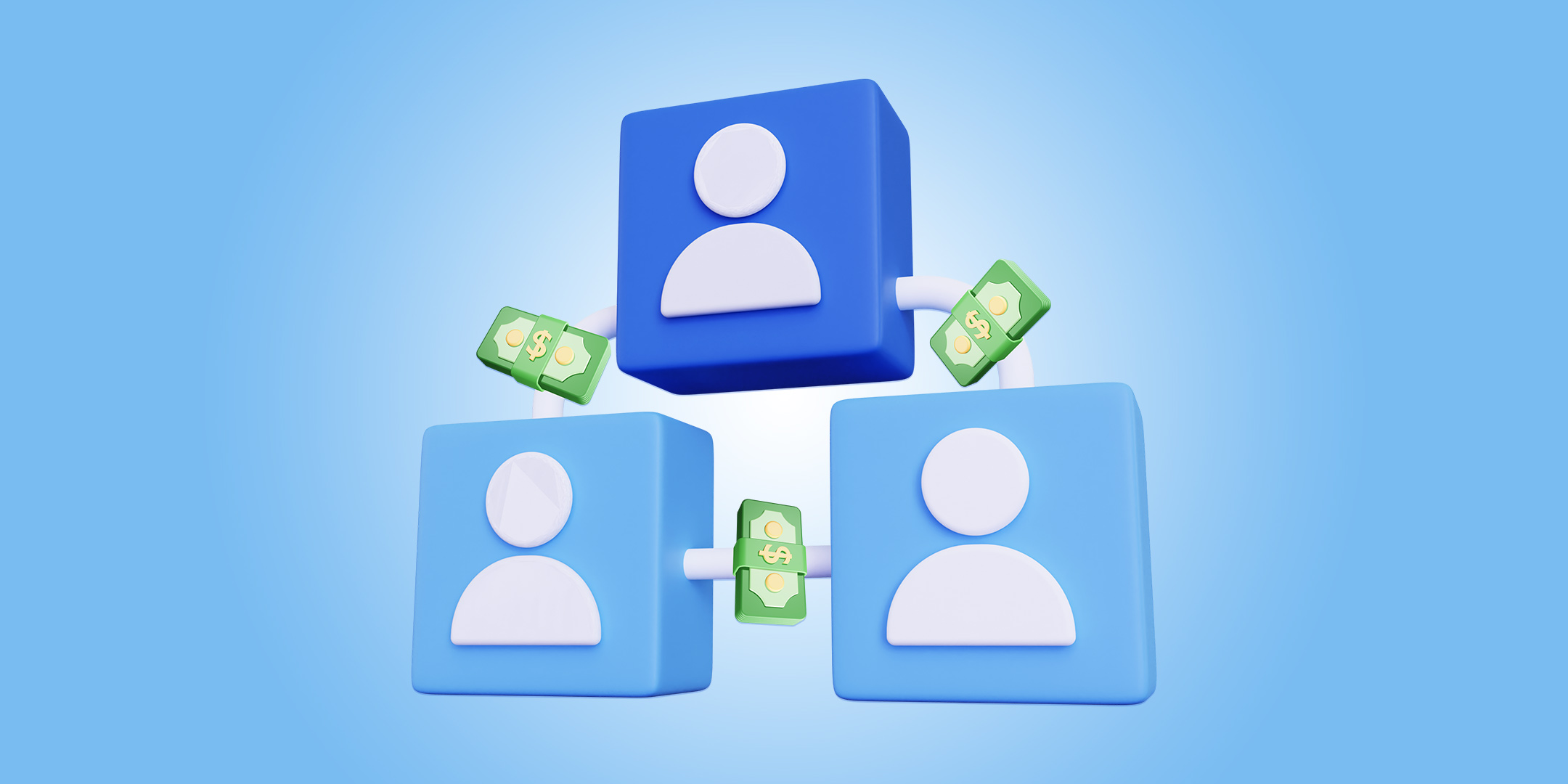
- Majority of artists benefit from user-centric model
- What an enormous impact superfans have on payouts
- Why a system change is probably not in sight regardless
Up until recently, there have only been studies examining in theory whether or not artists would profit from the user-centric model. However, now that SoundCloud has at least partially switched their system to Fan-Powered Royalties (FPR), we have, for the first time, actual substantiated data. These were analyzed by MIDiA researchers and the result they found can definitely be called a game changer.
Quick refresher: almost all streaming services pay artists based on the pro-rata model, where all revenues end up in one giant pot. In the user-centric/FPR model, however, the money only goes to the artists that the user actually listened to.
Majority of artists benefit
For this study, MIDiA was able to analyze the royalties of 118,000 artists who published their music on SoundCloud. The analysis showed that 56% of these artists received higher pay with the user-centric model. Various artists can profit from it, but in particular those with little or mid-level reach. To put it in more concrete terms, 64% of artists with 100-1,000 fans earn more with the user-centric model, 65% of artists with 1,000-10,000 fans, and 57% of artists with 10,000 to 100,000 fans. When it comes to artists with more than 100,000 fans, only 38% profited more.
Superfans change the game
The real game changer is the influence of superfans. MIDiA distinguishes between passive fans (less than 1 cent goes to the artist per month), active fans (1-10 cents per month), and superfans (more than 10 cent per month). If the number of superfans can reach just 2-3%, the royalties will double when compared to the pro-rata model. Having 4-5% superfans already means tripling royalties. This shows a clear shift from inflated streaming numbers to an engaged fanbase. For the first time, this would be reflected not only in additional revenues, but also in streaming payouts.
The problem for many artists isn’t that they don’t have a fanbase but that the streaming system we’ve had thus far doesn’t enable them to effectively monetize them. They’ve always had to switch to a different platform to do so. While everything is about bulk mass in the pro-rata model, the user-centric model allows artists to generate significant income in their respective niche. For all 118,000 artists that were analyzed, superfans made up 1.5% on average and contributed 29% of the earnings. For those artists who made more with the user-centric model, the share of superfans was 2% and their contribution a whopping 42%.
Those who profit the most from superfan-revenues are artists with 100-1,000 fans (40%), 1,000-10,000 fans (38%) and those with 10,000 to 100,000 (37%). The lowest superfan-revenues can be seen in the superstar league with more than 100,000 fans, where the percentage is only as high as 27%. They also have the lowest share of superfans with just 1.3%. However, the authors of the study argue that due to the popularity of these artists, they also have the biggest opportunity to increase this share and focus more on the fans rather than passive music consumption.
User-Centric fights manipulation
The most significant loss in revenue, by the way, was suffered by artists with pretty clearly manipulated streaming numbers. So, another nice side effect of making the switch is that streaming fraud won’t be profitable anymore in the user-centric model. Additionally, artists will be less dependent on playlist placements and don’t have to cater their music and potentially their release schedule as much to them either. Or, as the authors put it: “FPR rewards quality of fans, not quantity of streams.”
Does the industry prevent the system change?
The benefits are therefore clear as day, but will the industry go with the new model? As we have reported previously, TIDAL is already experimenting with the user-centric model and Deezer has long wanted to make the switch, as well. But the biggest players like Spotify or Apple Music are keeping their cards close to their chest and only want to make the switch when all parties involved are on board. Whether the major labels and other bigwigs want this, however, is questionable, since their artists would currently be the ones who would profit the least from changing the system.


